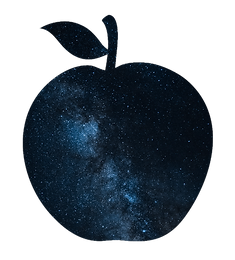Dr Thomas Zlosnik
Gravitation and Dark Matter

We are currently in an era of enormous advances in cosmology, where the distribution of large-scale structure in the universe and the relic-radiation from the big bang are being measured with unprecedented precision. This data contains a wealth of information about the evolution and composition of the universe, from the earliest known times to the present day.
Meanwhile, the previous century has seen the parallel rise of two physical theories which each possess incredible explanatory power. The first of which is Einstein’s General Relativity (GR) which describes gravitation in terms of the curvature of spacetime. This theory has passed every known test in the solar system and has recently received further support from the direct detection of gravitational waves as predicted by the theory. The second is the Standard Model (SM) of particle physics, which not only had extraordinary success in accounting for particle data at the time of its creation but has successfully predicted the existence of a variety of particles, the most recent being the Higgs boson.
Project Description
On scales ranging from galaxies to clusters of galaxies to the very largest scales in the cosmos that the application of GR along with the SM yields predictions at odds with the data. In each of these cases, visible matter behaves as if there were some additional, unseen matter present, sourcing the gravitational field. Remarkably, the cosmic abundance of this matter – termed dark matter (DM) – is several times that of the known matter of the SM.
The DM problem has spurred a great deal of theoretical activity. Cosmological and astrophysical constraints suggest that it is not comprised of ingredients from the SM. The majority of the search for dark matter candidates has been in the form of new particle physics beyond the SM– for example, sterile neutrinos, the lightest supersymmetric partner, and the axion. A significant amount of effort has gone in into detecting signatures of DM particle candidates. To this day, there does not exist widely accepted evidence for such signatures. All known effects due to DM are via its effect on the gravitational field and hence via the motion of matter, for example the orbits of stars in galaxies or the gravitational lensing of light around galaxies. As such, it remains a possibility that the DM effect is something that arises not from new particles, but an alternative model of the gravitational field produced by known matter sources.
I have co-developed two models which are extensions to GR and which account for large-scale cosmological data as successfully as DM models. It can be in these models that a DM-type effect is an inevitable part of gravitation. These new, promising results justify more detailed calculations which will follow the path to understanding the behaviour of these theories on smaller, astrophysical scales for which there is considerable independent evidence for a DM effect. The projects that will be completed during the Polonez BIZ grant GraDarMa (Gravitation and Dark Matter) will go a considerable distance towards clarifying these issues and shed light on the viability of gravitational alternatives to DM.


This research is part of the project No. 2021/43/P/ST2/02141 co-funded by the Polish National Science Centre and the European Union Framework Programme for Research and Innovation Horizon 2020 under the Marie Skłodowska-Curie grant agreement No. 945339
photo in top: Marek Piwnicki